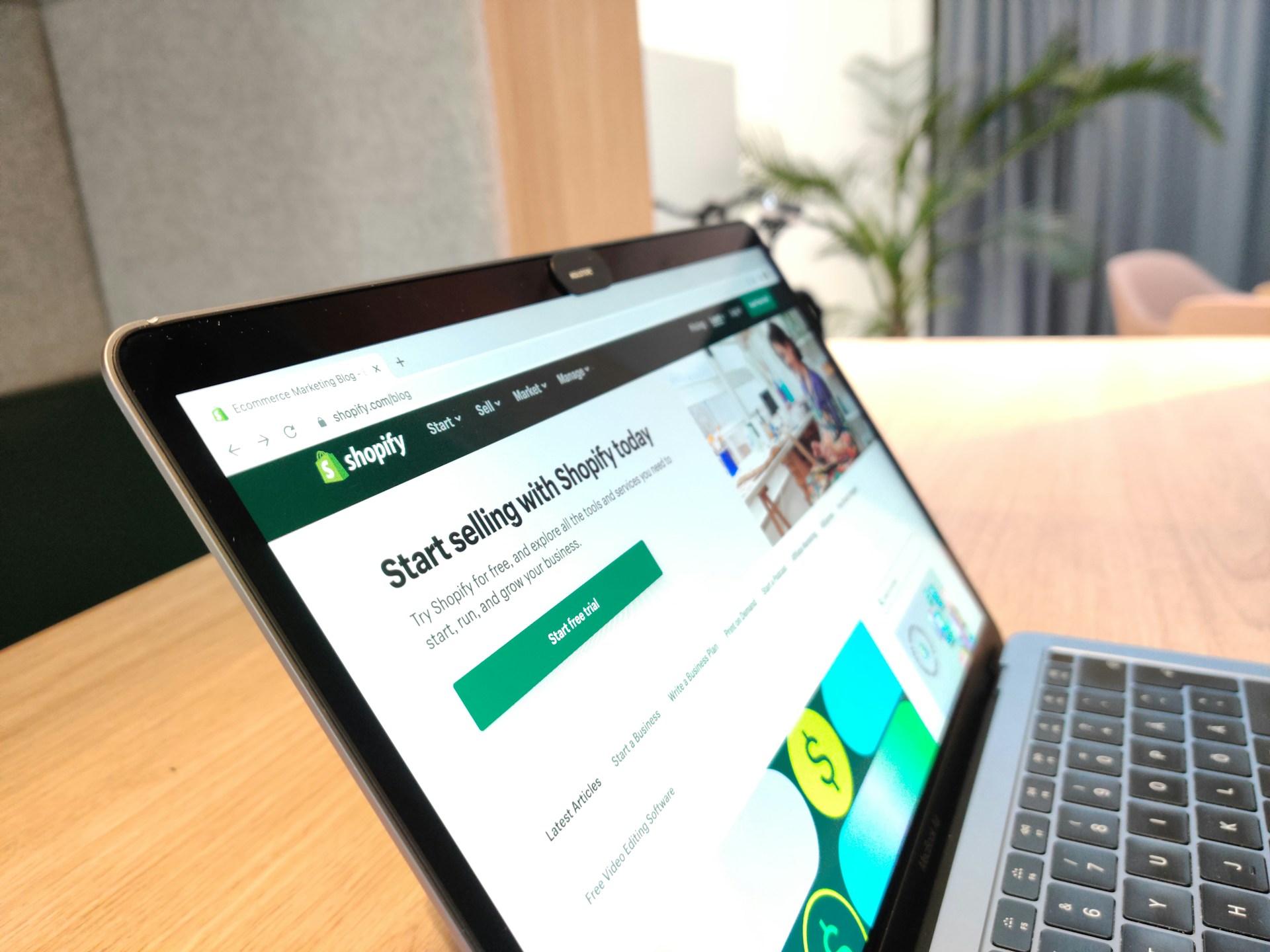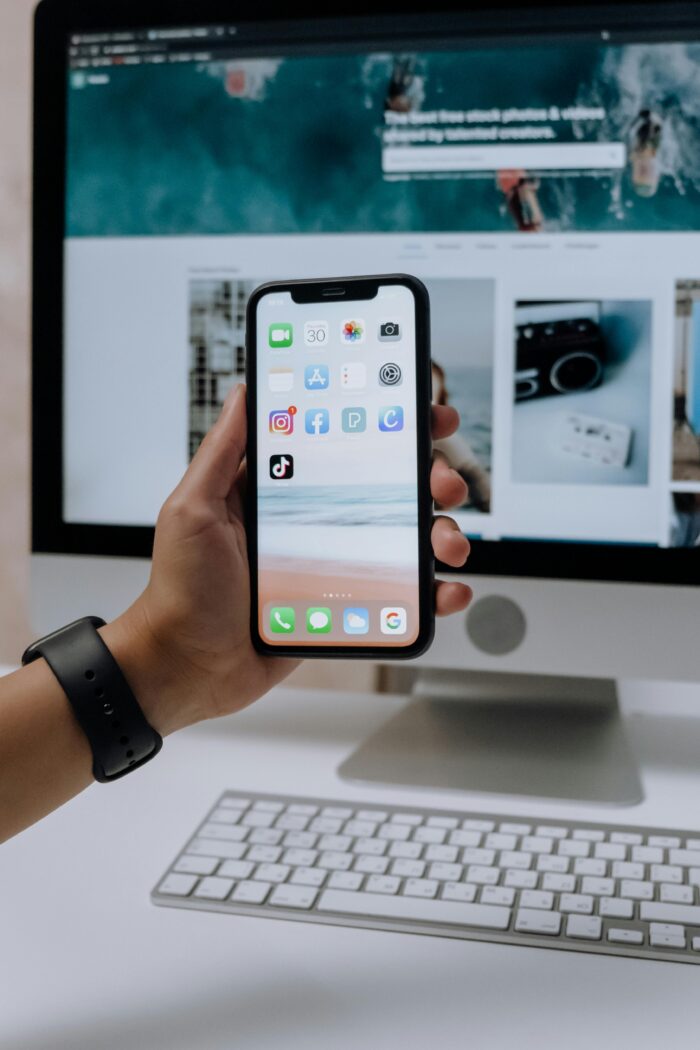

In this article, I’ll reveal the four biggest social media trends of 2025 that will reshape the landscape for businesses and creators.
First, let me ask you: can you think of anyone who doesn’t use social media in some part of their personal or professional life?
Chances are, you had to pause—and maybe came up blank. Honestly, I don’t know anyone like that either.
Let’s face it: our lives now revolve around social media more than ever, and the number of users continues to skyrocket.
For marketers, this means quickly adapting to platform updates, algorithm shifts, new features, and the reality of declining organic reach (the number of users who see your content without paid promotion). Still, social platforms remain an incredibly powerful space for brands to engage with their audiences and boost brand awareness.
With that in mind, let’s dive into what I predict will be the top four social media trends businesses and creators need to focus on in 2025.
AI is revolutionizing digital marketing by enhancing features and scaling activities. AI makes marketing tools more functional and helps process tasks faster and more efficiently. It enables marketers to quickly create content—text, images, videos, and even virtual influencers—while analyzing data, personalizing user experiences, automating customer service, and improving advertising performance.
According to Statista, 38% of marketers cite efficiency as the top benefit of AI in social media, followed by easier idea generation (34%) and increased content production (33%).
Tools like ChatGPT, Jasper, and Midjourney are popular, but their effectiveness depends on well-crafted prompts. Another good overview of how to create prompts can be found here.
I believe that the use of AI in content creation is important, but it should complement creativity, not replace it.
EGC refers to content created by company employees to share their perspectives, experiences, and contributions. This can include photos, videos, blog posts, social media posts, and more. EGC is highly authentic and reflects the company culture in a relatable way.
Lately, it has been a powerful trend in digital and social media marketing. It is expected to grow further as brands prioritize authenticity and internal storytelling to connect with audiences.
For example, Currys, a well-known British electronics retailer, successfully uses employee-generated content to promote its brand. They actively involve their employees in creating authentic and entertaining content, particularly on the TikTok platform.
For example, one Currys employee filmed a video where he gave a tour of the store using Generation Z slang. He described various products using popular expressions, making the content fresh and appealing to a younger audience. The video went viral, gaining over 1.9 million views and received many positive comments.
In 2025, EGC will play an important role in humanizing brands, boosting authenticity, and increasing trust.
Companies that allow employees to share their professional stories will create deeper connections with customers and potential talent.
While influencer marketing is still effective, many companies are now prioritizing customer participation in their marketing strategies.
In the past, brands were often criticized for heavily relying on influencers, who were seen as the "social media elite." As a result, businesses have begun shifting their focus toward a more inclusive and authentic approach by actively involving their customers.
By engaging directly with their audience, brands not only minimize negative perceptions but also build stronger relationships, encourage user-generated content, and cultivate positive brand sentiment.
For example, in my current role as a social media manager for an Instagram page of a cosmetologist in Slovakia, I suggested that one of the clients film short videos before, during, and after the procedure. By combining these clips, preparing a brief caption, and adding trending music, I posted it as a Reel. The page is new, with only 46 followers at the moment, yet within 24 hours, the video gathered 138 views—48.8% of them from non-followers, which means they are potential new subscribers. This is what is called good organic reach.
Video has long been a favourite format on social media, but the rise of TikTok, Instagram Reels, and YouTube Shorts has led to a surge in short-form video content.
With an overwhelming amount of content online and shrinking attention spans, short-form videos offer brands a way to engage their audience through quick, impactful messages. The key to success lies in authenticity and storytelling.
From my experience, I can also say that short videos with a clear message—featuring a specific image, matching music, and key engaging words—are one of the most effective ways to capture audiences' attention.
The optimal video length is between 7 to 15 seconds—enough time to deliver the main message and encourage the audience to learn more. Videos can also be up to 30 seconds, but part of my job is to ensure that it is so captivating that the viewer won't be able to scroll past without finding out how it ends.
By focusing on these four trends and understanding how to combine them skillfully, you can enhance brand awareness, attract new audiences, and build trust in your brand.
True trends don’t start on screens—they begin in our hearts and ideas.
Beyond all this, the future of social media is not just about using technology, but about combining it with sincerity and attention to audiences' needs.
By the same author:
A versatile Social Media Manager and Digital Marketing Specialist combining creative vision with analytical skills, proven through successful brand transformation projects, particularly in beauty and personal care. With experience in market research, brand identity development, and content creation for platforms like Instagram and TikTok, I'm seeking opportunities to implement innovative strategies while adapting to evolving digital trends.